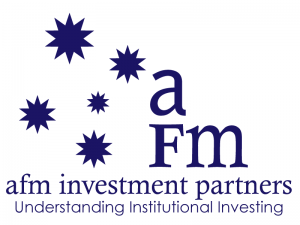Indonesia is growing rapidly. With the consumer class expected to double to 140 million or thereabouts by around 2030, our neighbour is destined for domestically fueled GDP growth. In the world’s fourth most populous nation, the emerging middle class is driving the growth of the archipelago in the face of significant challenges. Opportunities abound for Australian businesses in meeting the needs of the increasingly affluent Indonesian consumer.
Indonesia has a young and energetic population. The young have embraced voting and consumer culture. The average age in Indonesia in 2014 is 28 years for both men and women, compared to the Australian average of 37.3 years, whilst population growth is a 1.49 per cent a year. This is important when compared to the ageing populations of Japan and Europe and the global norm of 1.2 per cent a year. Wages are rising but remain low compared to Australia, with the average Indonesian worker earning approximately Rp 45m (USD $4,500) annually; it’s much higher in the capital Jakarta.
The nation has a young, steadily growing and literate population (92.8 per cent in 2011) who are increasingly joining the middle consuming class and whose political leanings are pro-growth and centrist. They will provide the platform through which Indonesia can develop itself into the economic superpower of South-East Asia. The key for Australian businesses is to recognise this growth and the pluralistic nature of the population with regionally, culturally and religiously diverse markets and tailor goods and services accordingly.
A symbol of emerging middle class is the crowded shopping mall. Not just for shopping, malls are centres of social, recreation and business activities. Jakarta is sometimes colloquially known as “Mal Kota” (Mall City) with more than 173 shopping malls. The key shopping districts of Senayan, Sudirman and Jakarta Pusat represent the heartland of Indonesia’s rising middle class who generally possess a secondary education, have centrist political leanings, speak a second language (probably English) in many cases and are interested in consumer brands.
Walk into any of Jakarta’s malls and the first thing that gets your attention is the number of familiar shops and logos. From Carrefour, Hero and Lotte World hypermarkets, to American Apparel, GAP and Zara clothes stores, to global department chains such as H&M, Marks & Spencer and Seibu department stores.
Australian firms are present – prominently ANZ and CBA in the banking services sector and real estate firms such as Ray White Real Estate. Australian firms are lacking in the growing and high volume mass retail sector (discount department stores, clothes stores and supermarkets). It would be great to see Coles and Woolworths, for example, in Indonesian shopping centres.
Indonesia’s dramatic rise since its 1998 twin economic and political crises is by no means guaranteed to continue at its current pace. There are many issues for Indonesia to face. This year there is another election (this time for President where Jakarta Mayor Joko Widodo is currently the favorite). There is a big income gap between the rich and the middle class and for many there is a lack of adequate social services. Like Australia, there can be fewer educational and job opportunities the further you move away from the large cities.
With a population of 253 million growing at 1.49 per cent per annum, economic growth averaging 6.0 per cent a year over the past decade, domestic consumption responsible for 65 per cent of that growth, and an average age of just 28 years; it would be a gamble to bet against the demographic destiny of our nearest and largest neighbour.
As Indonesia continues to grow in wealth and political influence, Australian businesses have the opportunity to extend beyond our shores into one of the world’s most promising consumer markets.
by John Donovan –
businessspectator.com.au